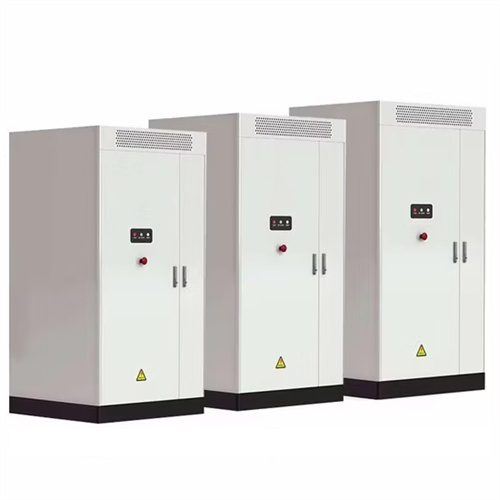About How sun is created
The Sun is theat the center of the . It is a massive, nearly perfectof hot , heated tobyreactions in its core, radiating the energy from itsmainly asandwith 10% atenergies. It is by far the most important source of energy foron . The Sun has been anin many cultures. It has been a central subject for astronomical research since . The Sun was created about 4.6 billion years ago from a giant, spinning cloud of gas and dust called the solar nebula. As the nebula collapsed under its own gravity, it formed a disk, with most of the material pulled toward the center to create our Sun, which accounts for 99.8% of our solar system’s mass123. The pressure and temperature at the core increased, triggering nuclear fusion2.
As the photovoltaic (PV) industry continues to evolve, advancements in How sun is created have become critical to optimizing the utilization of renewable energy sources. From innovative battery technologies to intelligent energy management systems, these solutions are transforming the way we store and distribute solar-generated electricity.
When you're looking for the latest and most efficient How sun is created for your PV project, our website offers a comprehensive selection of cutting-edge products designed to meet your specific requirements. Whether you're a renewable energy developer, utility company, or commercial enterprise looking to reduce your carbon footprint, we have the solutions to help you harness the full potential of solar energy.
By interacting with our online customer service, you'll gain a deep understanding of the various How sun is created featured in our extensive catalog, such as high-efficiency storage batteries and intelligent energy management systems, and how they work together to provide a stable and reliable power supply for your PV projects.
Related Contents
- How does the sun produce heat
- How is solar energy created or gathered
- How does the sun produce solar energy
- How is energy produced in the sun
- How do we get more energy from the sun
- How the planets orbit the sun
- How to make solar panels follow the sun space engineers
- How are planets created
- How do solar panels convert the sun s energy into electricity
- How does sun form
- How the sun produces energy
- How was solar energy created


